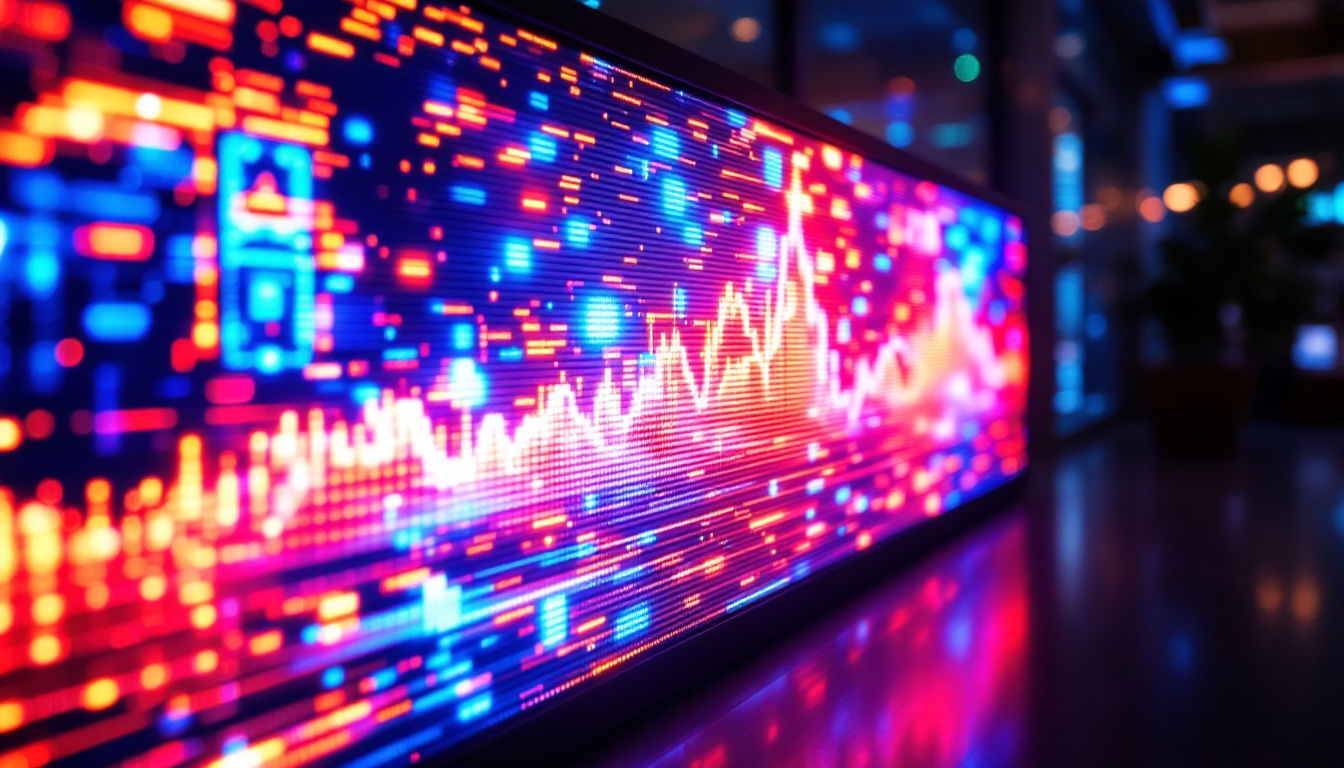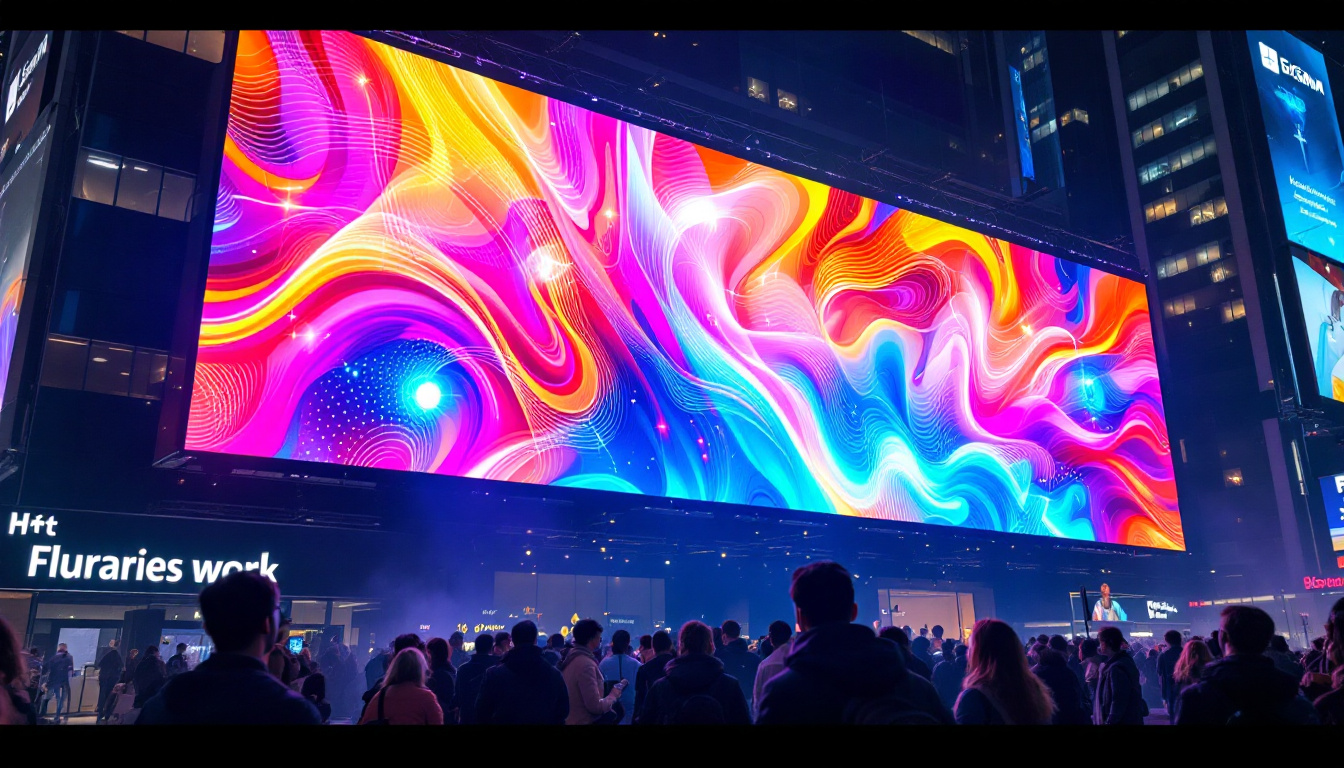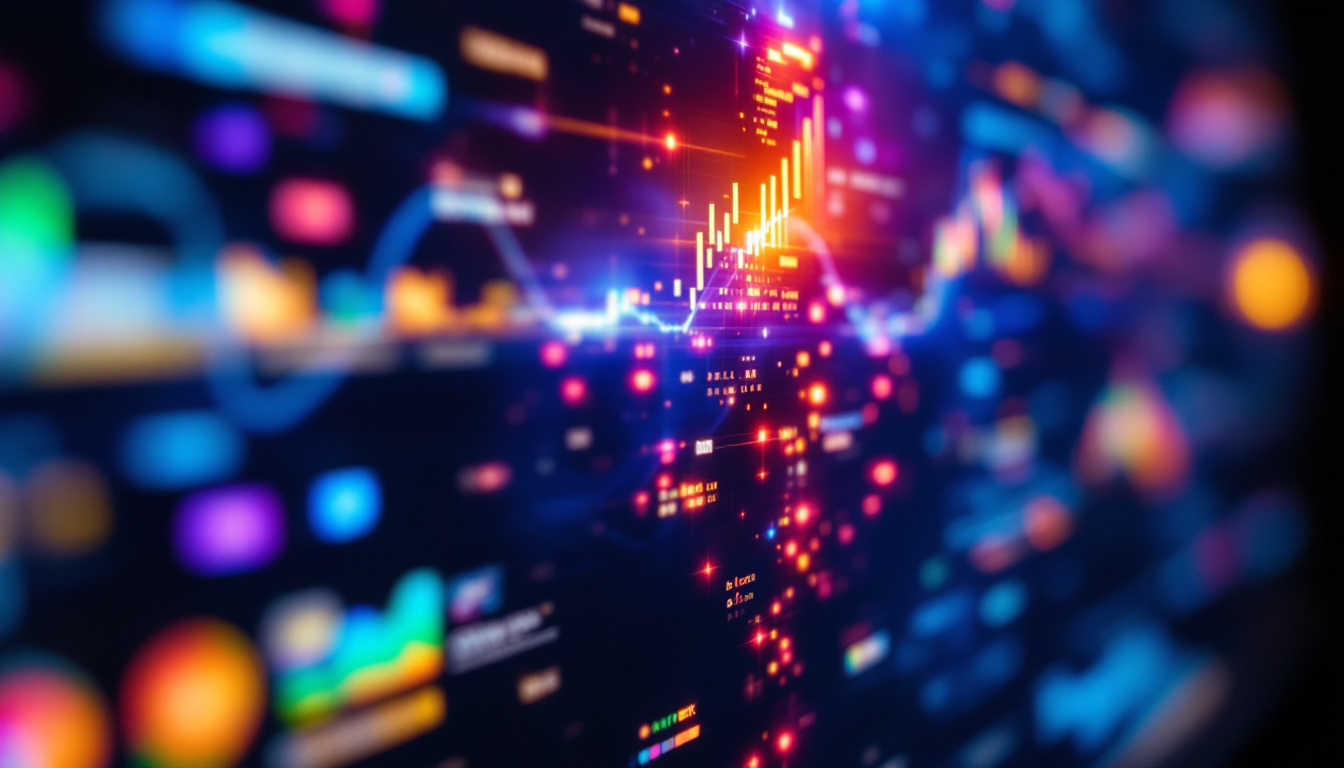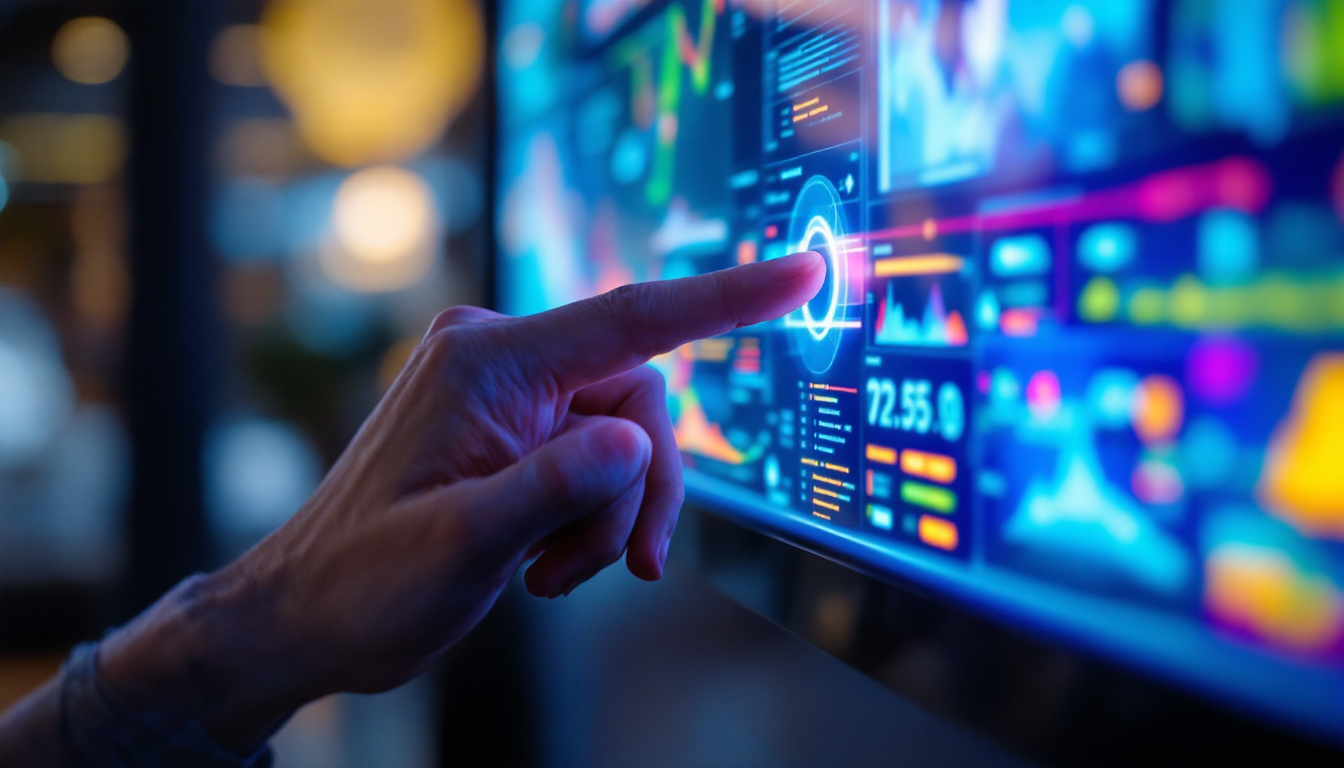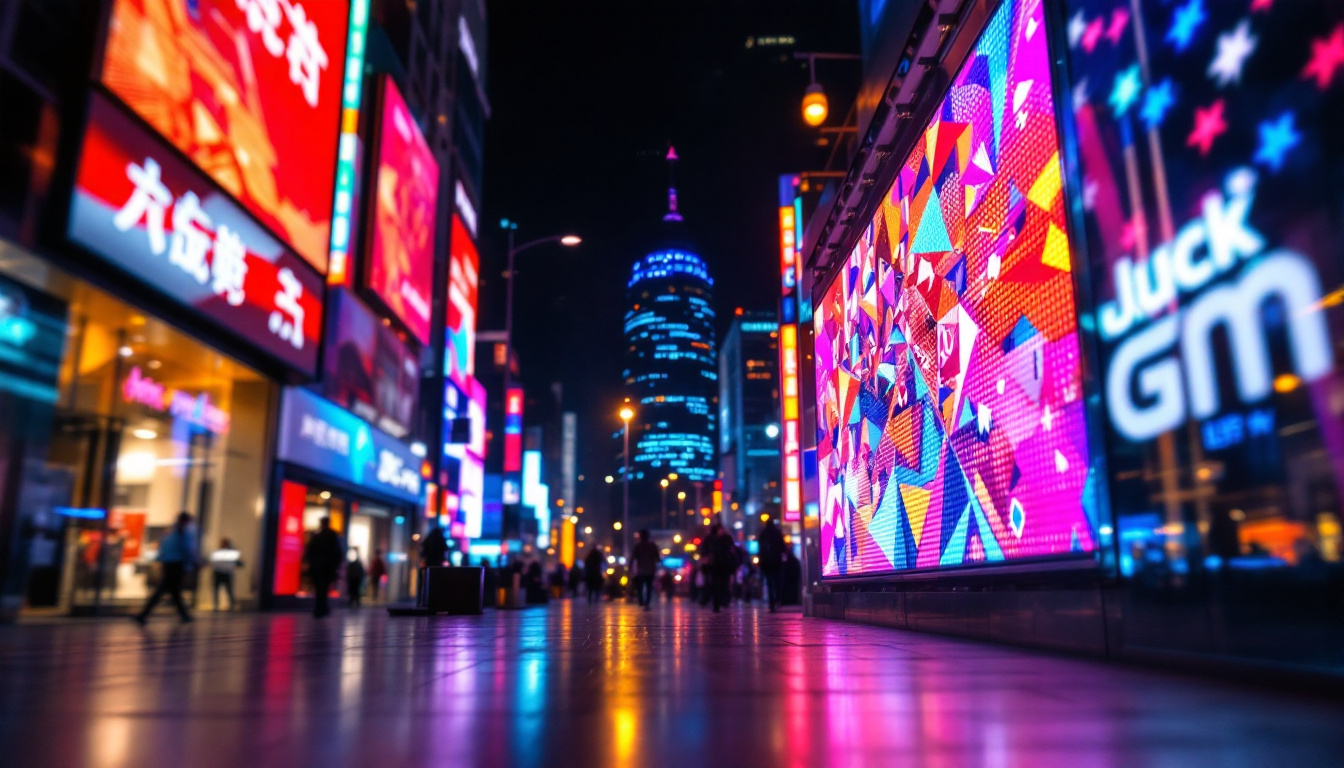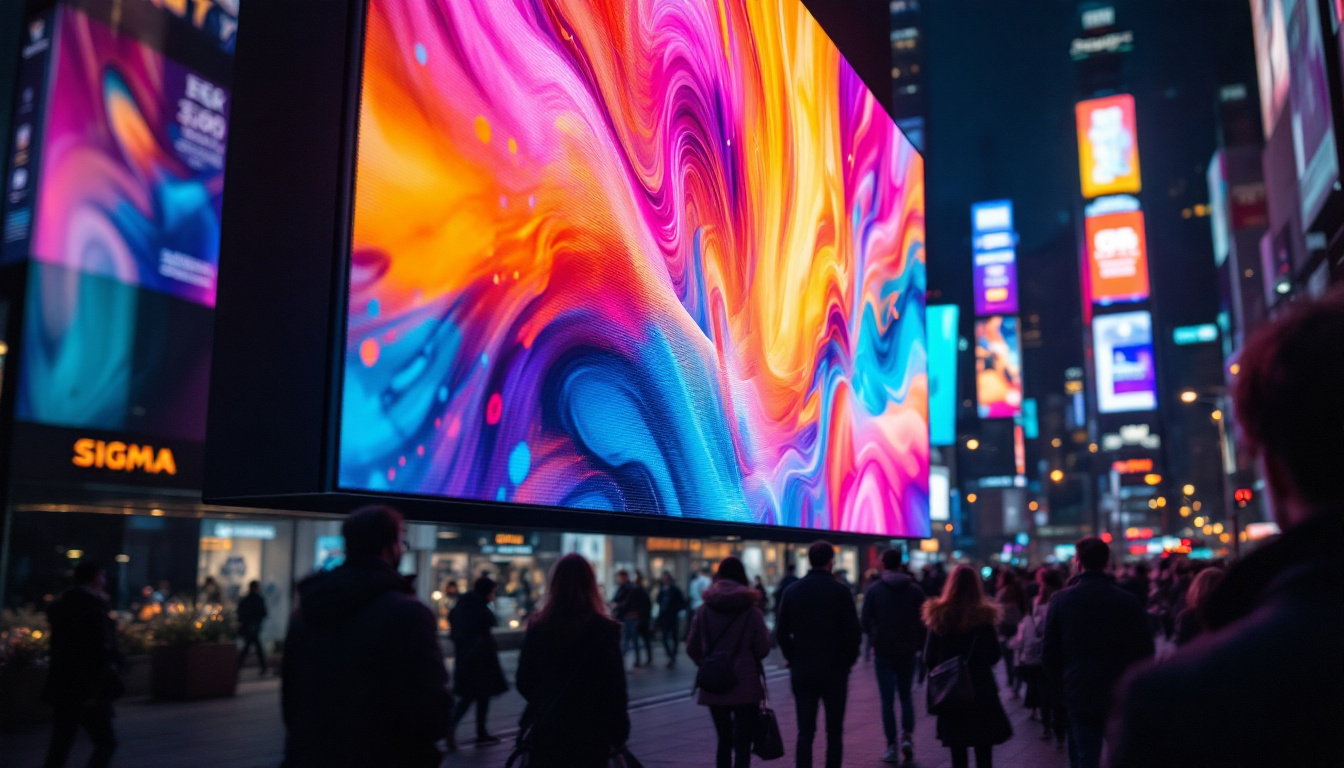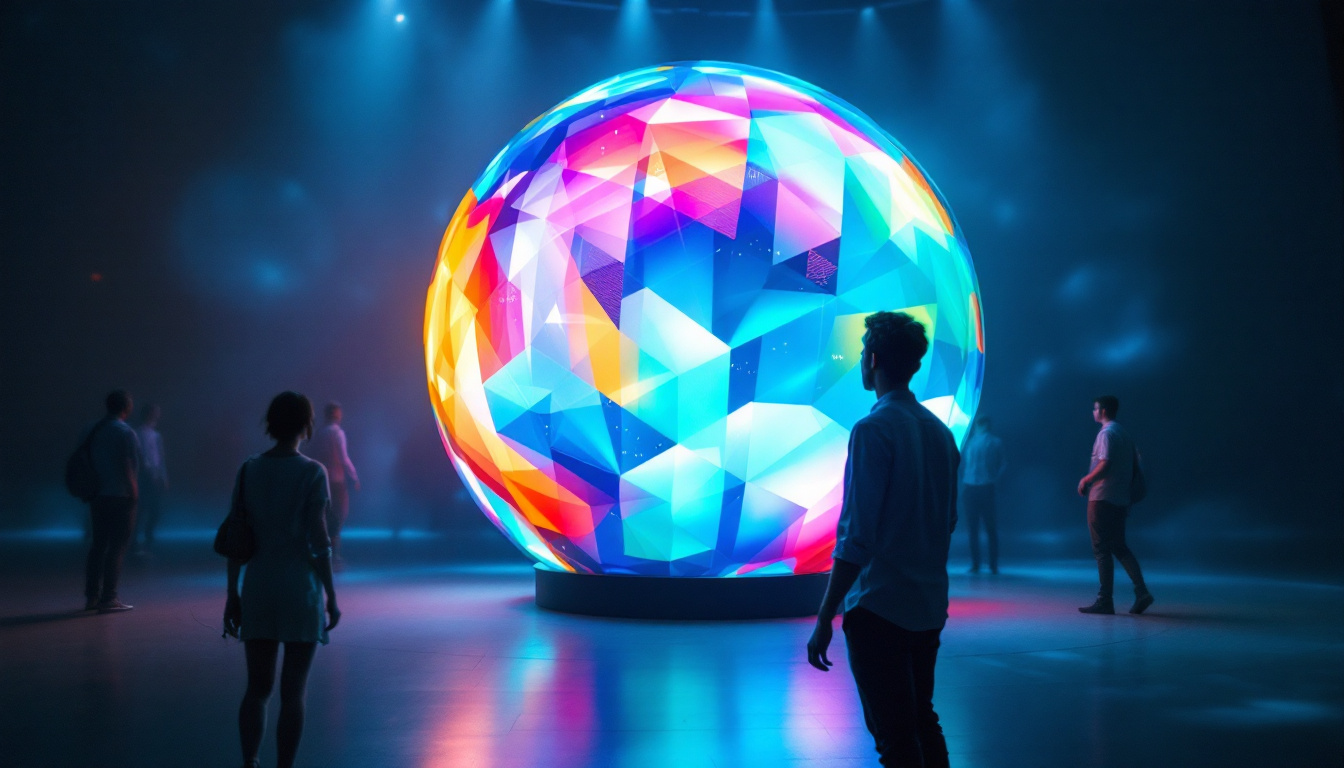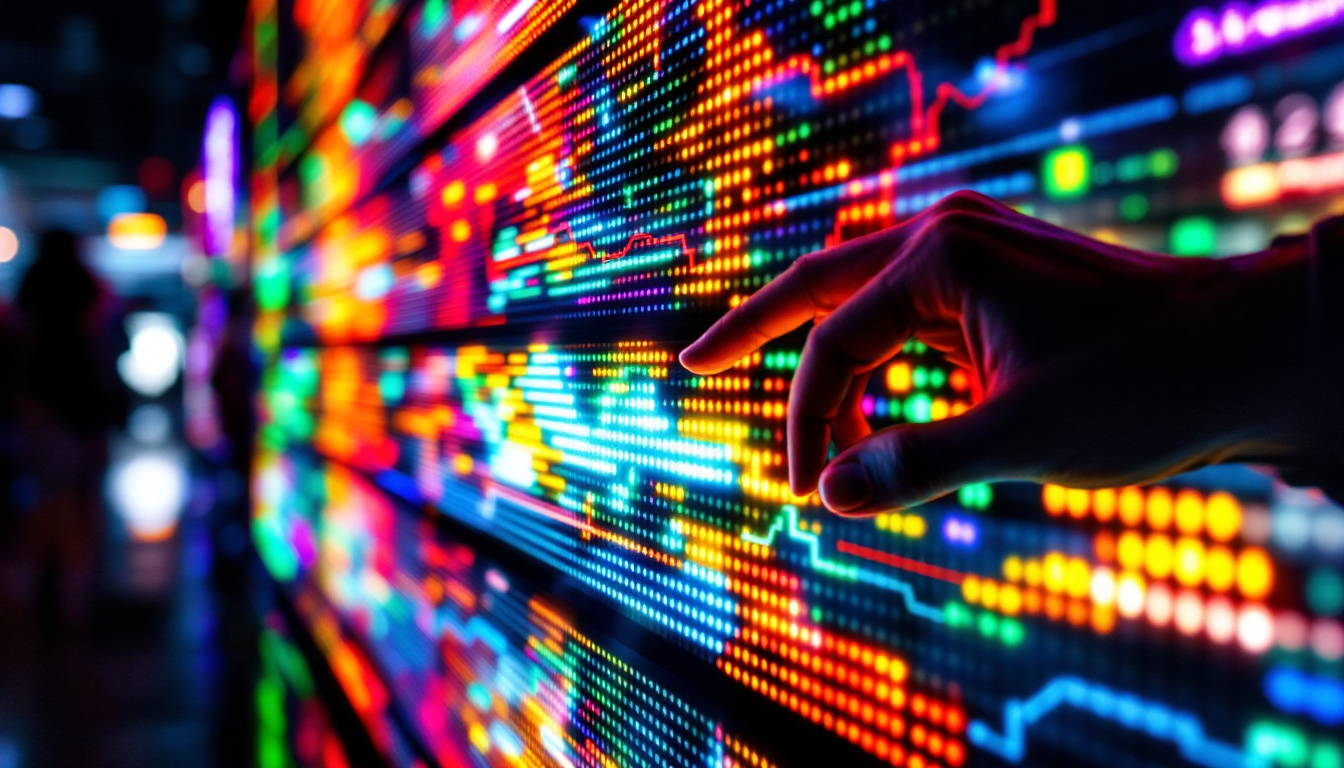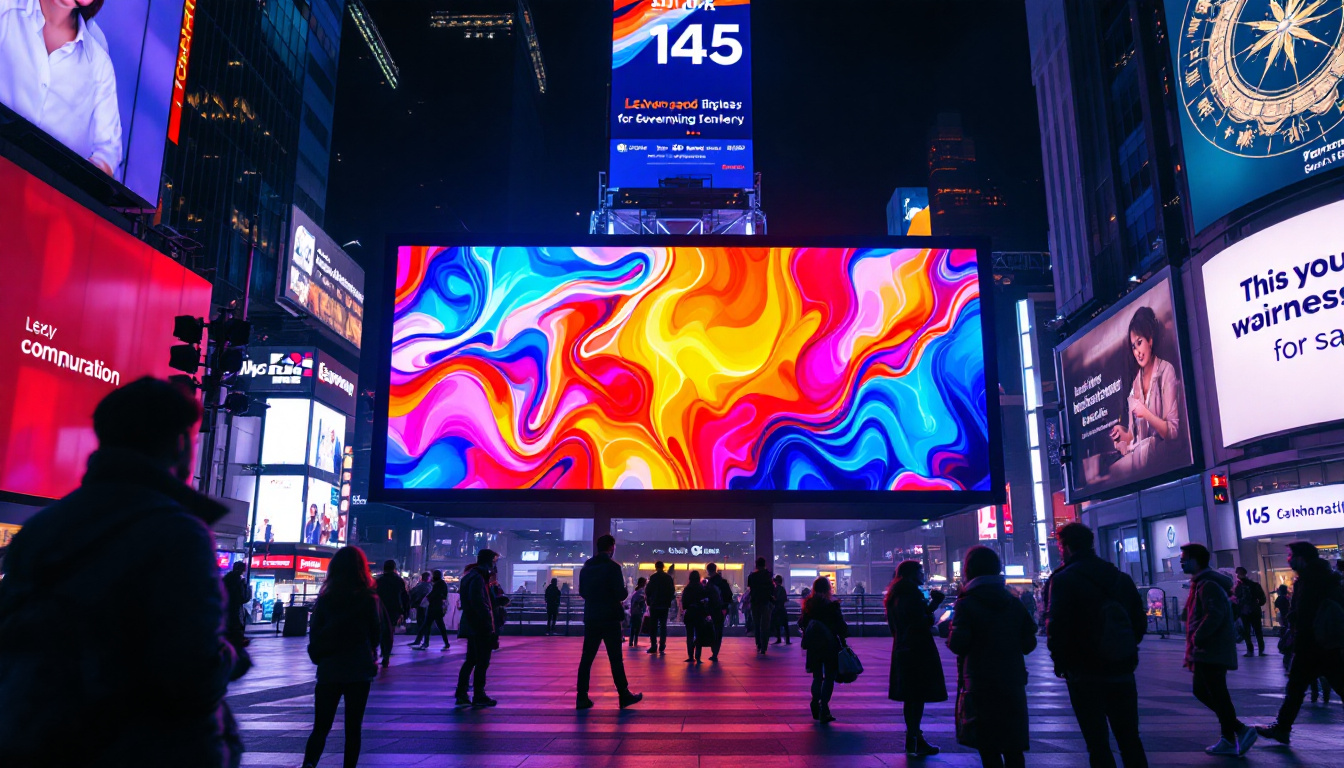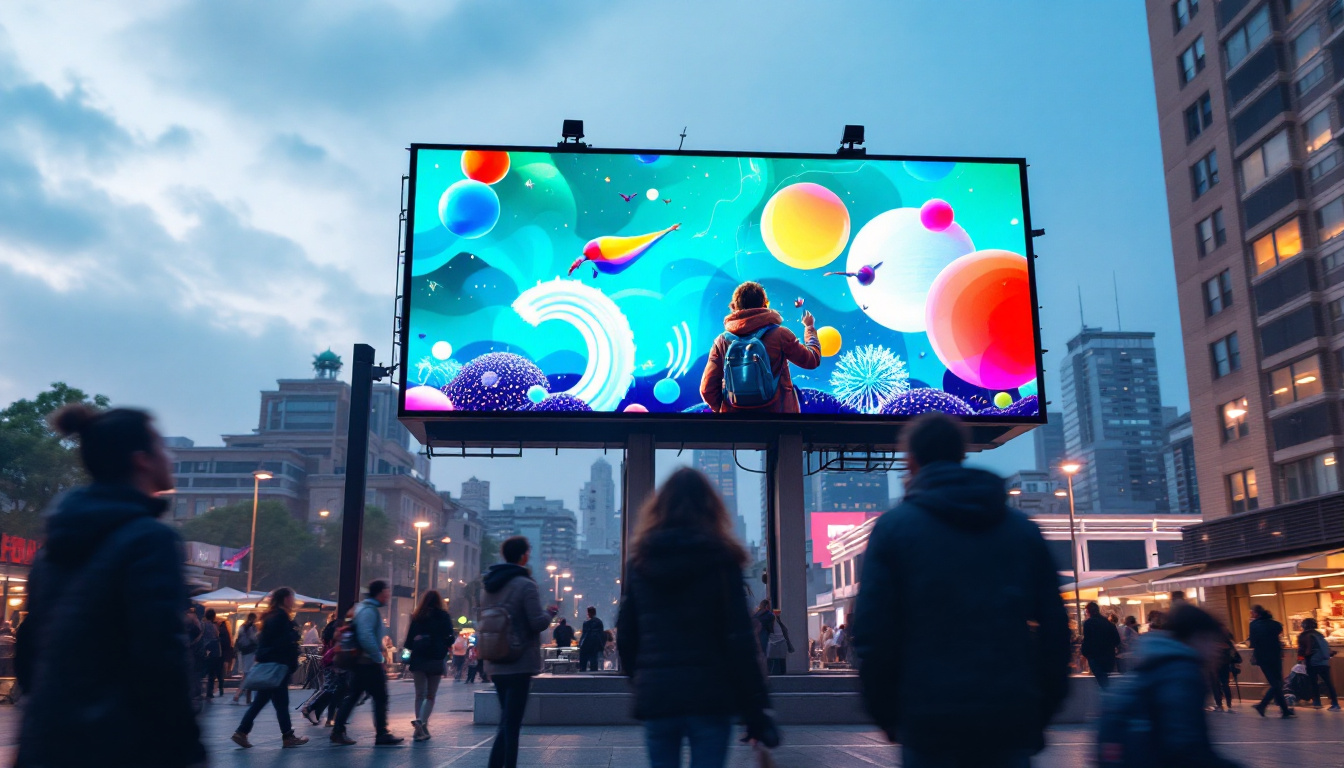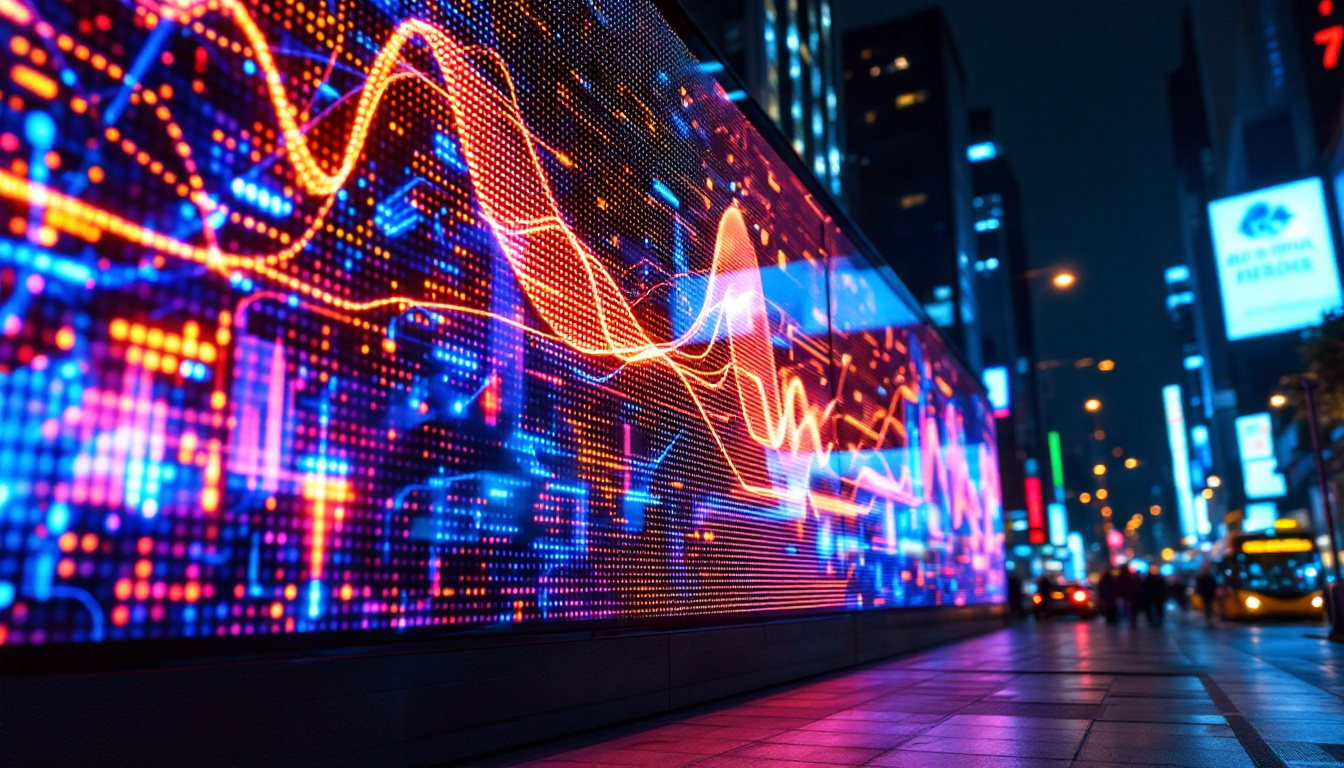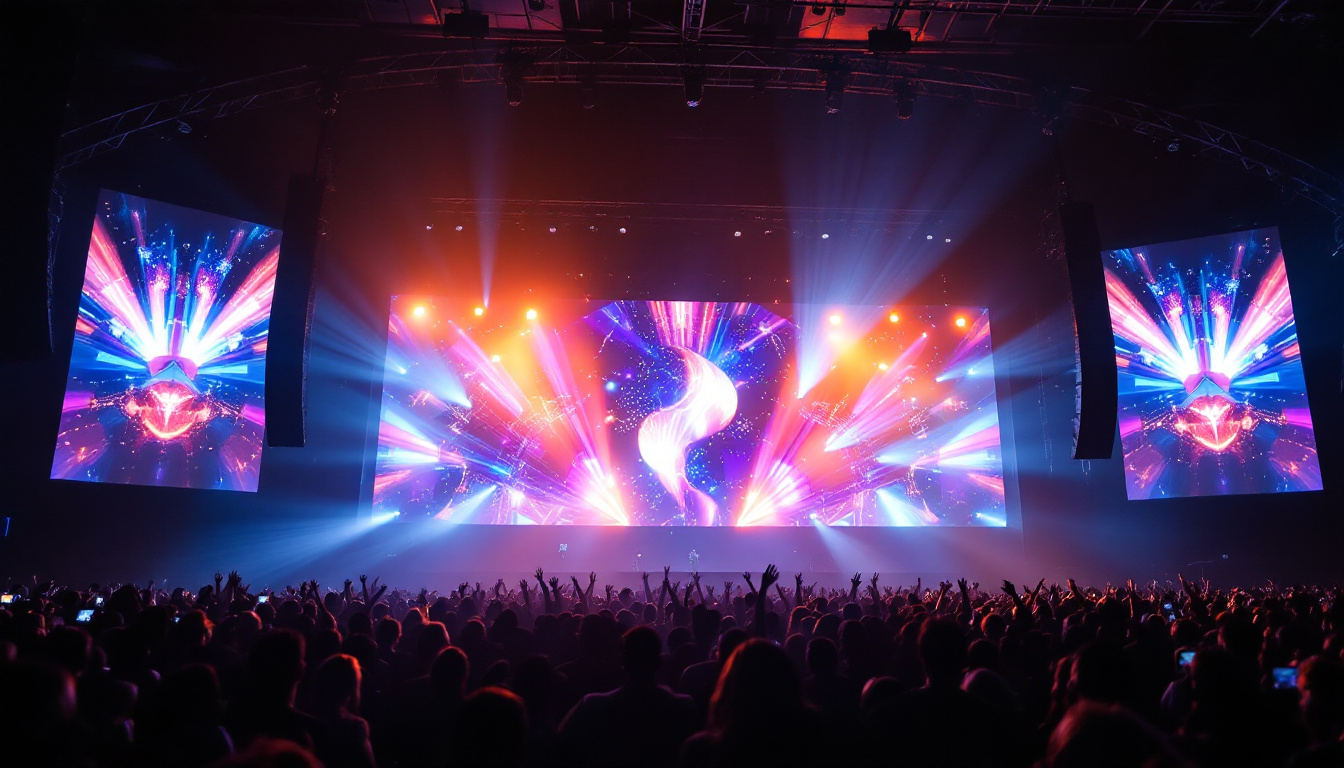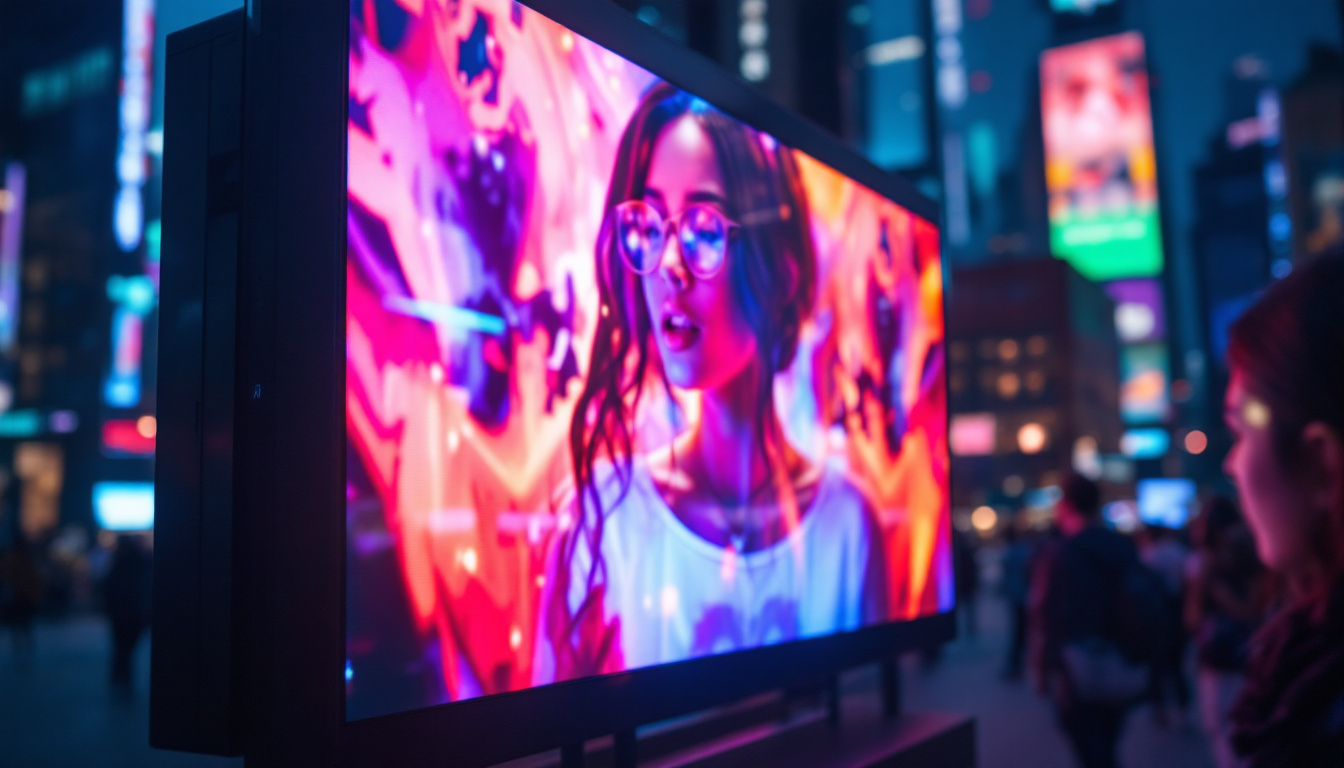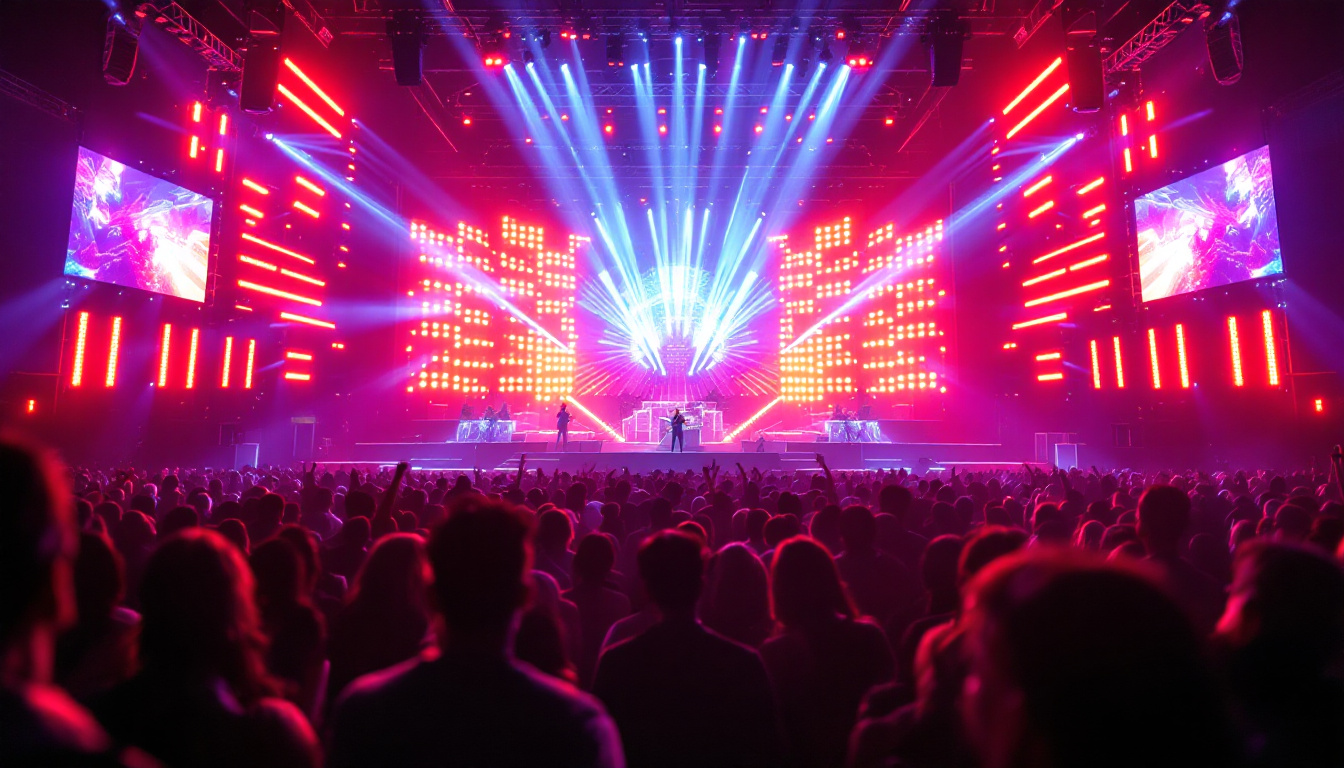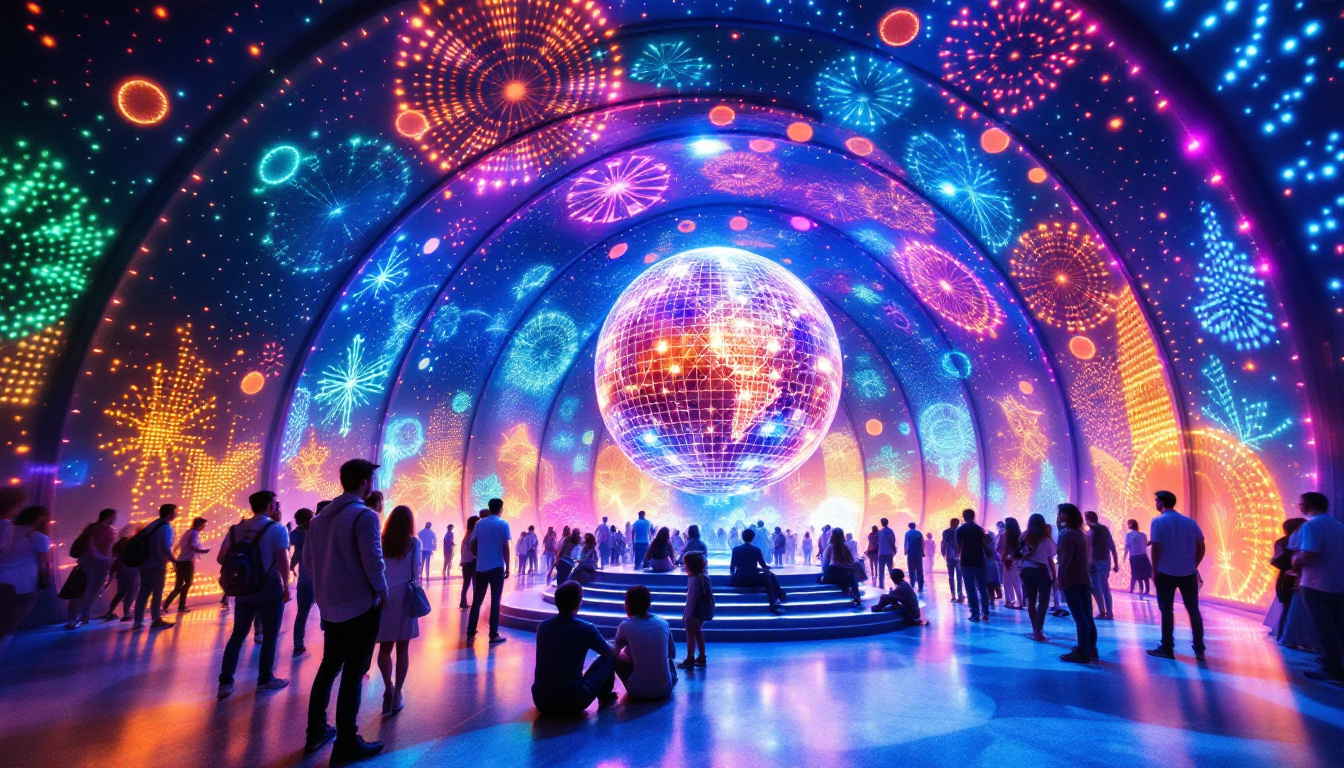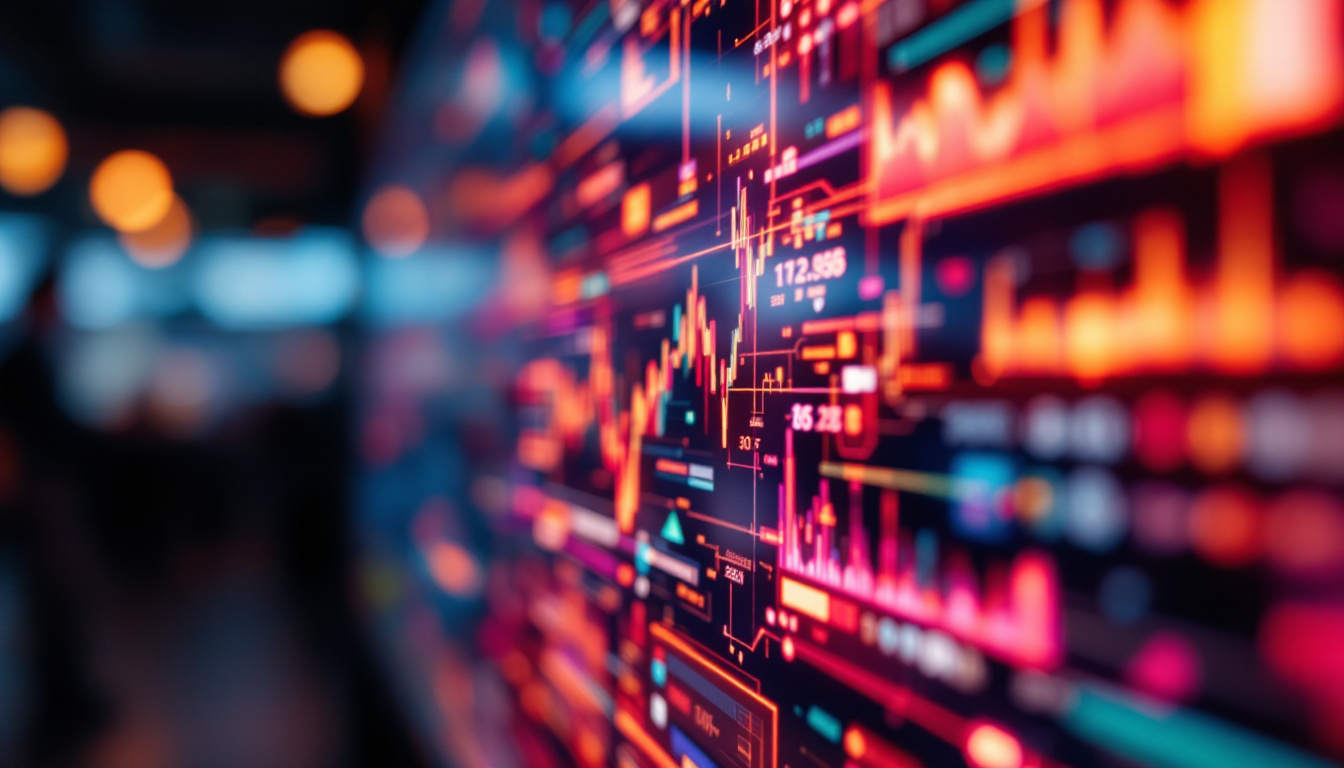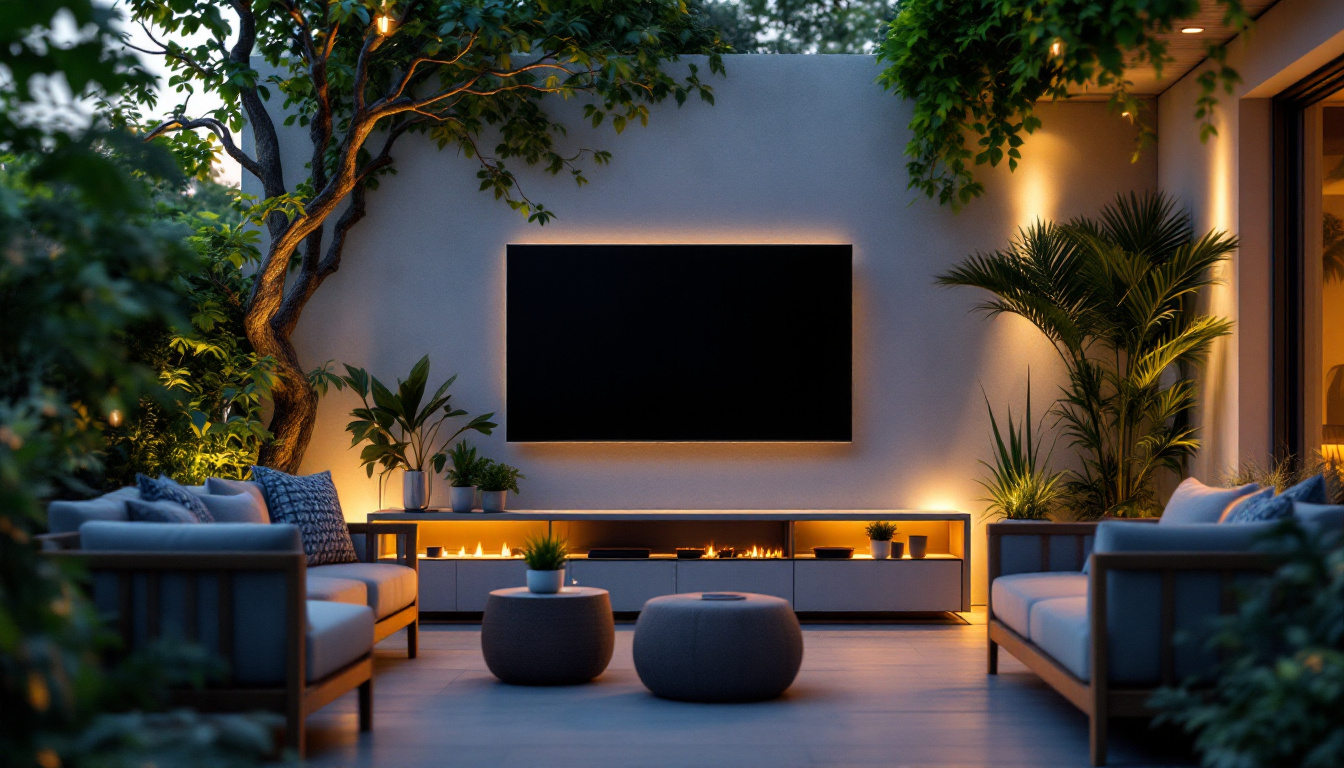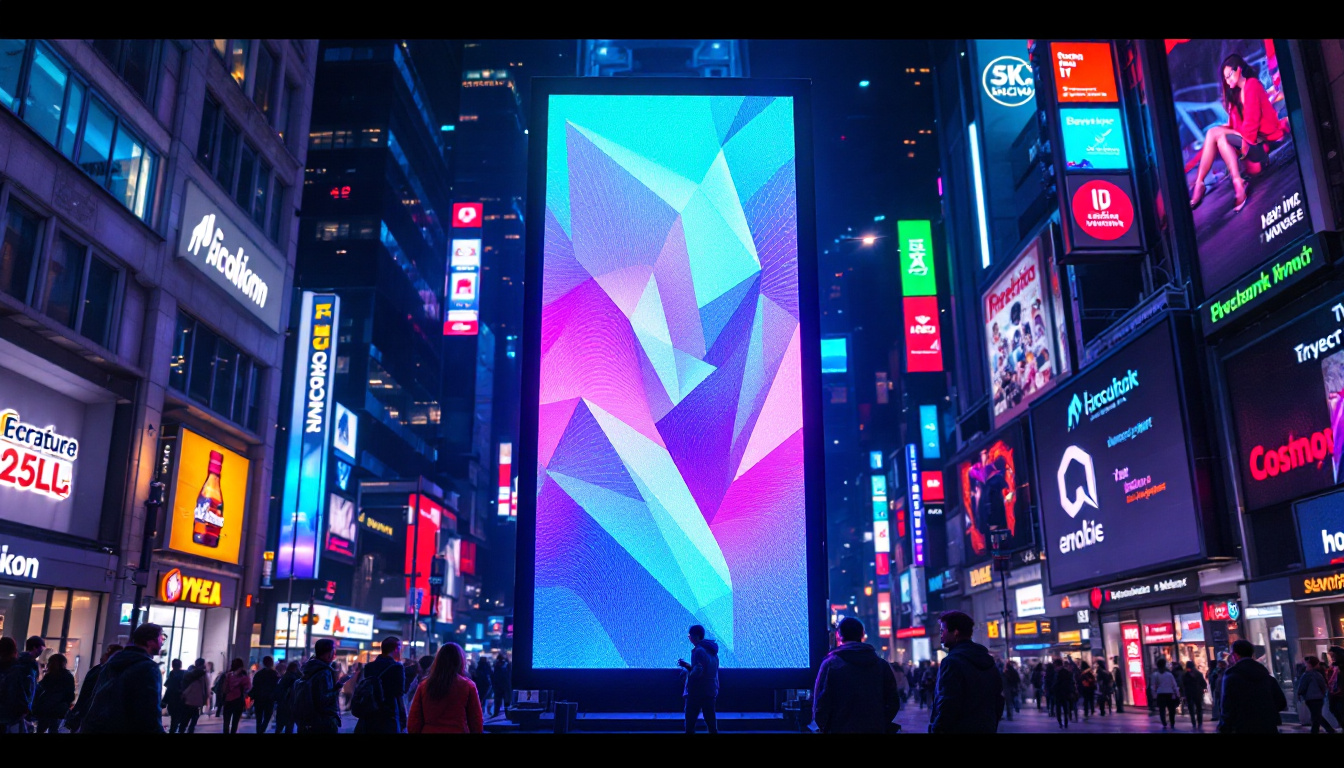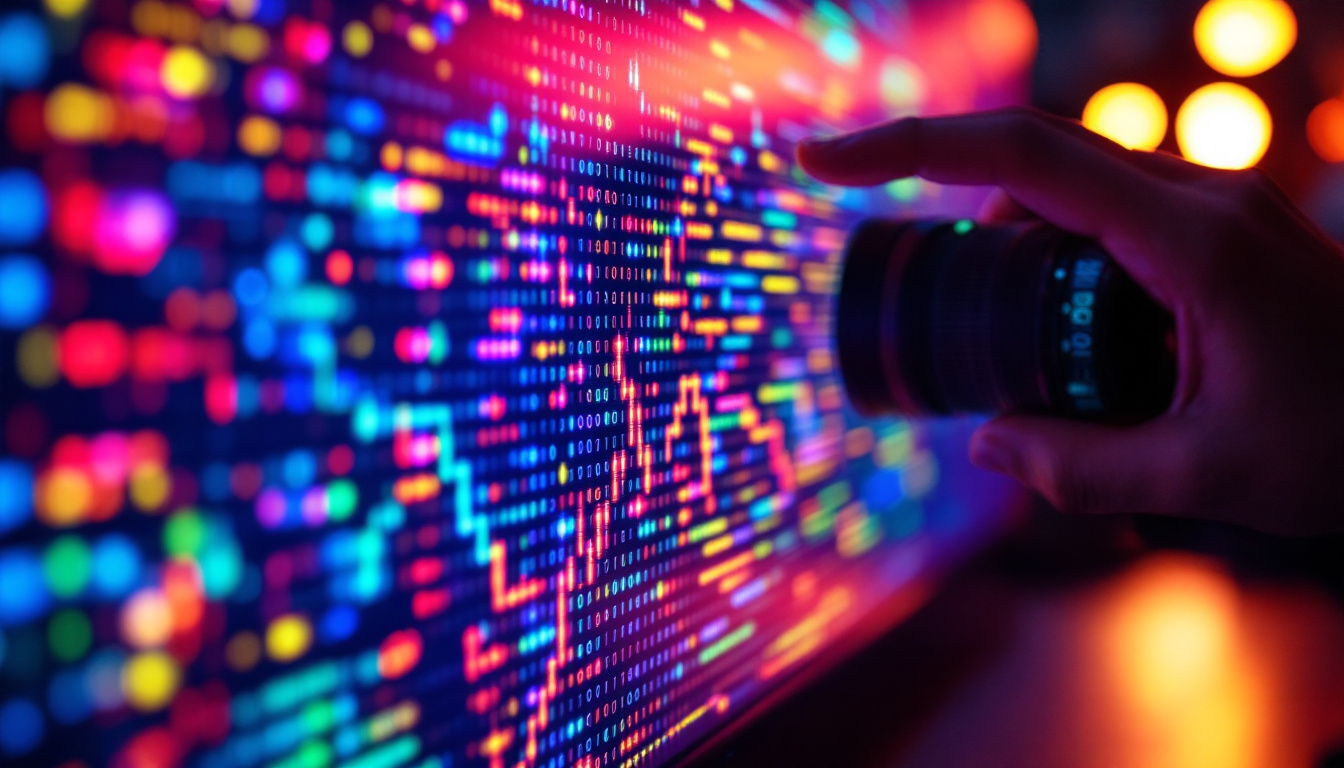In the ever-evolving world of technology, monitor panels have become an integral part of our daily lives, whether in homes, offices, or public spaces. Among the various types of display technologies available, LED (Light Emitting Diode) displays have emerged as a popular choice due to their vibrant colors, energy efficiency, and slim designs. This article delves into the intricacies of LED display technology, exploring its types, advantages, and applications.
Understanding LED Technology
LED technology has revolutionized the way images and videos are displayed on screens. At its core, an LED display utilizes a matrix of tiny light-emitting diodes to create images. These diodes emit light when an electric current passes through them, allowing for the creation of bright and colorful visuals.
How LED Displays Work
LED displays operate on a straightforward principle: when electricity flows through the semiconductor material in the diode, it emits light. This process is known as electroluminescence. The color of the light emitted depends on the materials used in the semiconductor. By combining red, green, and blue (RGB) diodes, a full spectrum of colors can be produced, enabling the display of detailed images and videos.
In most modern LED displays, the diodes are arranged in a grid format. This allows for precise control over each individual pixel, resulting in sharp images and smooth transitions. The brightness and contrast of LED displays can also be adjusted, making them suitable for various lighting conditions. Additionally, advancements in technology have led to the development of features such as HDR (High Dynamic Range), which enhances the contrast and color accuracy even further, providing viewers with a more immersive experience.
Types of LED Displays
There are several types of LED displays, each designed for specific applications and environments. The most common types include:
- LED-backlit LCDs: These displays use LED lighting to illuminate an LCD panel. They are widely used in televisions and computer monitors, offering improved brightness and energy efficiency compared to traditional CCFL backlighting.
- Full LED displays: Unlike LED-backlit LCDs, full LED displays use an array of LEDs to create images directly. This technology is often found in high-end televisions and large outdoor screens, providing superior color accuracy and contrast.
- Organic LED (OLED): OLED displays utilize organic compounds that emit light when an electric current is applied. They are known for their exceptional color range, deep blacks, and thinner profiles, making them popular in smartphones and premium televisions.
In addition to these common types, there are also specialized LED displays such as MicroLED and MiniLED. MicroLED technology uses microscopic LEDs to form individual pixels, allowing for even higher resolutions and better energy efficiency. This technology is particularly promising for large-scale displays, as it can be seamlessly scaled without loss of quality. MiniLED, on the other hand, enhances traditional LED-backlit LCDs by using smaller LEDs in the backlight, which allows for more precise local dimming and improved contrast ratios, making it an exciting option for high-performance displays.
The versatility of LED technology extends beyond just displays; it is also used in various applications such as architectural lighting, automotive lighting, and even in horticulture for growing plants indoors. The ability to customize the color and intensity of LED lights has made them a popular choice for creating dynamic lighting environments, enhancing both aesthetic appeal and functionality in a wide range of settings. As research continues, the potential for LED technology seems limitless, promising even more innovative applications in the future.
Advantages of LED Displays
LED displays offer numerous advantages over traditional display technologies, making them a preferred choice for many consumers and businesses alike. Here are some of the key benefits:
Energy Efficiency
One of the most significant advantages of LED displays is their energy efficiency. Compared to older technologies like CRT (Cathode Ray Tube) and CCFL (Cold Cathode Fluorescent Lamp), LED displays consume considerably less power. This not only leads to lower electricity bills but also contributes to a reduced carbon footprint, making them an environmentally friendly option. Furthermore, the reduced energy consumption can lead to significant savings over time, especially for businesses that rely on large-scale display installations, such as digital signage or video walls. This efficiency is also beneficial in regions where energy costs are high, allowing organizations to allocate resources more effectively.
Brightness and Color Quality
LED displays are known for their exceptional brightness levels and vibrant color reproduction. They can produce a wider color gamut, allowing for more accurate and vivid images. This is particularly important in environments with high ambient light, such as offices or outdoor settings, where visibility can be a challenge. Moreover, advancements in LED technology have led to improved contrast ratios, resulting in deeper blacks and more dynamic visuals. This makes LED displays ideal for applications ranging from professional video editing to immersive gaming experiences, where color accuracy and detail are paramount.
Longevity and Durability
LED technology is inherently more durable than traditional display technologies. LED displays have a longer lifespan, often exceeding 50,000 hours of use. Additionally, they are less susceptible to damage from impacts or temperature fluctuations, making them suitable for a variety of environments, from homes to industrial settings. This durability translates into lower maintenance costs and less frequent replacements, which is a significant advantage for businesses looking to maintain a consistent visual presence. Furthermore, many LED displays are designed to withstand harsh weather conditions, making them perfect for outdoor advertising and public displays that need to endure the elements without compromising performance.
Versatility and Design Flexibility
Another notable advantage of LED displays is their versatility and design flexibility. They can be manufactured in various sizes and shapes, allowing for creative installations that can fit any space or design aesthetic. This adaptability means that businesses can create unique visual experiences that capture attention and engage audiences effectively. From large-scale billboards to sleek, curved displays in retail environments, the possibilities are virtually limitless. Additionally, LED technology can be integrated with other digital systems, enabling features like interactivity and real-time content updates, further enhancing the viewer’s experience and making the displays more functional.
Low Heat Emission
LED displays also generate significantly less heat compared to traditional display technologies. This low heat emission not only contributes to energy savings but also reduces the need for extensive cooling systems in environments where multiple displays are used. In settings like control rooms or broadcasting studios, where equipment is often densely packed, the reduced heat output can lead to a more comfortable working environment and lower air conditioning costs. This aspect is particularly beneficial in large venues or events where numerous displays are deployed, ensuring that they operate efficiently without overheating and maintaining optimal performance throughout their use.
Applications of LED Displays
The versatility of LED displays allows them to be used in a wide range of applications. From personal devices to large-scale installations, LED technology has found its place in numerous fields.
Consumer Electronics
In the realm of consumer electronics, LED displays are ubiquitous. They are commonly found in televisions, computer monitors, and smartphones. The demand for high-definition content has driven manufacturers to adopt LED technology, ensuring that consumers enjoy crisp and vibrant visuals.
Advertising and Signage
LED displays have transformed the advertising landscape. Digital billboards and signage utilize LED technology to create eye-catching visuals that can be easily updated. This flexibility allows businesses to promote their products and services dynamically, capturing the attention of potential customers.
Public Displays and Events
Large-scale LED displays are often used in public events, concerts, and sports arenas. These displays provide real-time information, entertainment, and advertising to large audiences. Their ability to display high-resolution images and videos makes them ideal for engaging viewers in a variety of settings.
Challenges and Considerations
While LED displays offer numerous benefits, there are also challenges and considerations that consumers and businesses should be aware of before making a purchase.
Cost
One of the primary challenges associated with LED displays is their cost. Although prices have decreased over the years, high-quality LED displays can still be more expensive than traditional display technologies. This initial investment may deter some consumers, particularly those on a tight budget.
Viewing Angles
Another consideration is the viewing angle of LED displays. While many modern LED displays offer improved viewing angles compared to older technologies, some models may still suffer from color distortion or reduced brightness when viewed from extreme angles. It is essential to evaluate the intended use and seating arrangements to ensure optimal viewing experiences.
Heat Generation
LED displays can generate heat during operation, particularly in larger installations. This heat can affect performance and longevity if not properly managed. Adequate ventilation and cooling solutions are necessary to maintain optimal operating conditions, especially in enclosed spaces.
The Future of LED Display Technology
The future of LED display technology looks promising, with ongoing advancements and innovations on the horizon. Researchers and manufacturers are continually exploring new materials and techniques to enhance performance, reduce costs, and expand applications.
MicroLED Technology
One of the most exciting developments in the LED display space is MicroLED technology. MicroLED displays utilize tiny, self-emitting LEDs to create images, offering several advantages over traditional LED displays. These include improved color accuracy, higher brightness levels, and the potential for flexible and transparent displays.
Integration with Smart Technology
As smart technology becomes increasingly prevalent, LED displays are also evolving to integrate with smart home systems and the Internet of Things (IoT). This integration allows for enhanced interactivity, enabling users to control their displays through voice commands or mobile applications.
Environmental Sustainability
With growing concerns about environmental sustainability, manufacturers are focusing on developing eco-friendly LED displays. This includes using recyclable materials, reducing energy consumption, and implementing sustainable manufacturing practices. As consumers become more environmentally conscious, the demand for sustainable display solutions is likely to rise.
Conclusion
LED display technology has significantly impacted the way we interact with visual content. Its advantages, including energy efficiency, brightness, and durability, make it a preferred choice for various applications. While challenges exist, ongoing advancements in the field promise to address these issues and further enhance the capabilities of LED displays.
As technology continues to evolve, the future of LED displays appears bright. With innovations such as MicroLED technology and smart integration on the horizon, consumers and businesses can look forward to even more exciting developments in the world of visual displays.
In conclusion, understanding the intricacies of LED display technology is essential for making informed decisions about purchasing and utilizing these displays. Whether for personal use, advertising, or public displays, LED technology offers a versatile and effective solution for modern visual communication.
Explore Cutting-Edge LED Displays with LumenMatrix
Ready to elevate your visual experience with the latest in LED display technology? Discover LumenMatrix’s innovative solutions tailored to your needs. From vibrant Indoor and Outdoor LED Wall Displays to dynamic Vehicle and Sports LED Displays, our range includes LED Poster Displays, Floor LED Displays, Custom configurations, All-in-One, and even LED Transparent Displays. Embrace the future of visual communication with LumenMatrix and create unforgettable impressions. Check out LumenMatrix LED Display Solutions today and transform your space with unparalleled clarity and impact.


